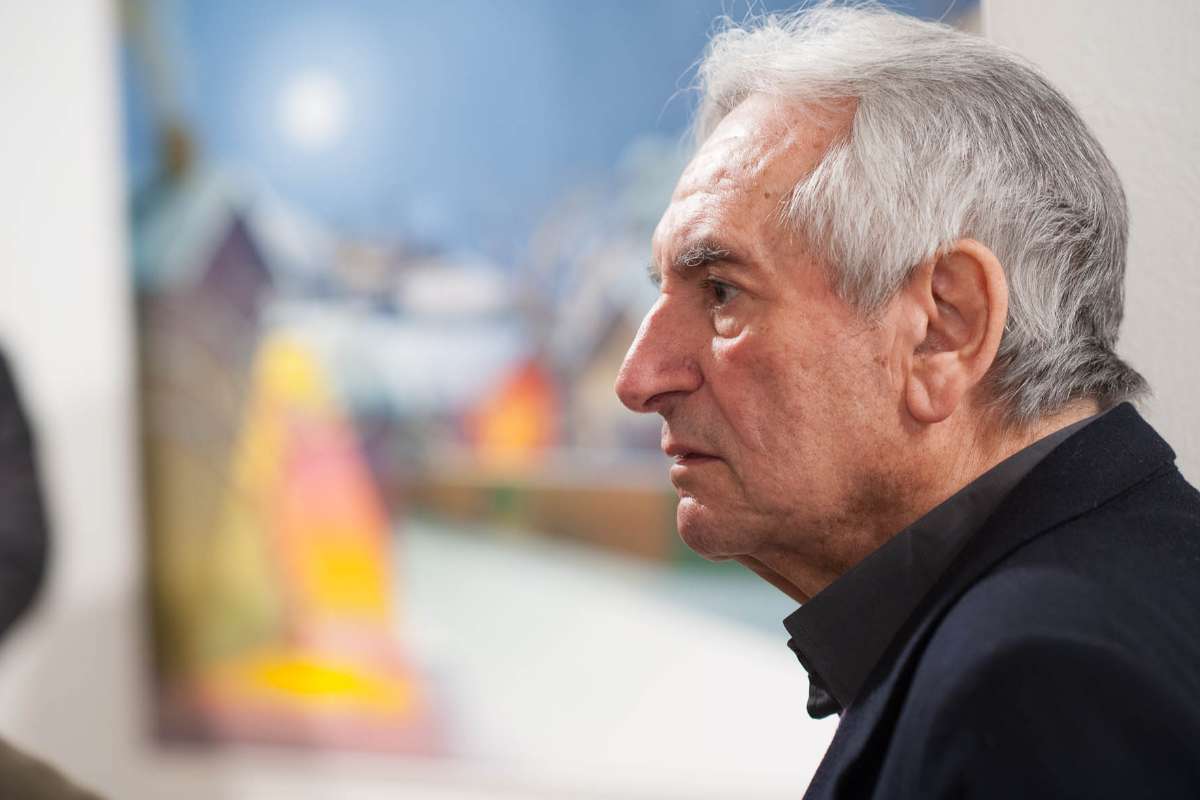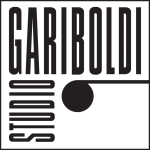Salvo (Leonforte, 1947 – Turin, 2015), the artistic name of Salvatore Mangione. In 1956, he moved with his family from Catania to Turin, which would remain his adopted city. In 1969, he came into contact with American conceptual artists Joseph Kosuth, Robert Barry, and Sol LeWitt. In the 1970s, he became involved with Arte Povera, exploring themes such as identity and the relationship with art history through the series Self-Portraits and engraved marble tombstones. Soon, Salvo focused his research exclusively on painting and landscape, but not on realistic landscapes like the Impressionists or Cézanne; rather, he focused on simplified ideas and sensations. His works, distilled into essential colors and forms, are comparable to Japanese haikus more than monumental works. The artist sought to capture the essence of places through his painting, creating works of great delicacy and depth, similar to brief visual poems.
In 1982 and 1983, Salvo gained further fame in Europe with significant retrospectives at the Museum van Hedendaagse Kunst in Ghent and the Kunstmuseum in Lucerne. Subsequently, his connections with writers Giuseppe Pontiggia and Leonardo Sciascia strengthened, and both dedicated writings to Salvo. In the mid-1990s, he met and frequented the writer Nico Orengo, for whom he illustrated the book “Cucina crudele” in 2003. In 1998, an anthological exhibition curated by Renato Barilli and Danilo Eccher was presented at Villa delle Rose, the site of the Galleria d’Arte Moderna in Bologna. In the 2000s, other travels inspired his painting, particularly those to China, Thailand, Egypt, and Iceland.

© Galleria d’arte Moderna Torino


